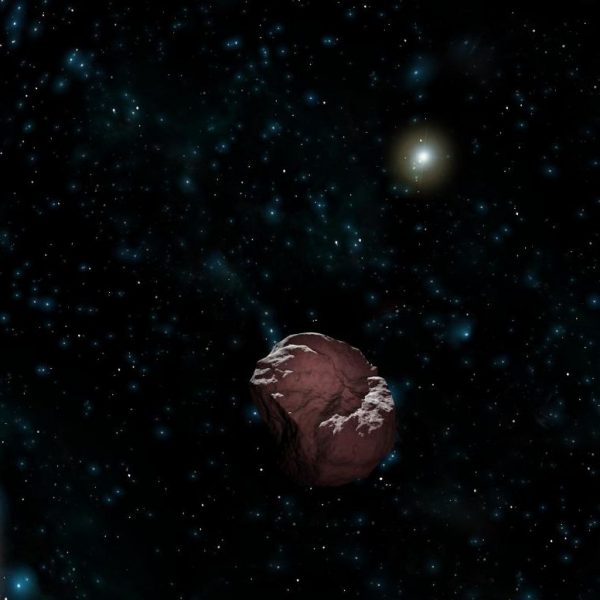- Astronomers have discovered 139 new trans-neptunian objects—minor planets that are lurking in orbit past Neptune.
- The team published their findings March 10 in the Astrophysical Journal.
- Over 3,000 of these objects have been discovered so far.
Think you know the solar system? Think again.
A group of astronomers have located 139 new trans-Neptunian Objects—tiny sun-orbiting celestial bodies out past Neptune in the Kuiper belt. The most famous of these trans-Neptunian objects is the former planet Pluto, but Eris, Haumea, and MakeMake are also considered trans-Neptunian objects.
“There are lots of ideas about giant planets that used to be in the solar system and aren’t there anymore, or planets that are far away and massive but too faint for us to have noticed yet,” astronomer Gary Bernstein of the University of Pennsylvania said in a statement. “Making the catalog is the fun discovery part. Then when you create this resource; you can compare what you did find to what somebody’s theory said you should find.”
The researchers, led by graduate student Pedro Bernardinelli also of the University of Pennsylvania, analyzed four years worth of data gathered by the . While the Dark Energy Survey was initially designed to probe the cosmos for bursting supernovae, faraway galaxies, and clumps of dark energy, the sharp, sweeping images—snapped by the 520-megapixel Dark Energy Camera on the Blanco 4-meter telescope at Chile’s Cerro Tololo Inter-American Observatory—also happen to be an invaluable resource for scouring our solar system for minor planets.
Computer software scanned over 7 billion pin-pricks of light in images taken across multiple nights to find celestial objects that moved. Stationary objects, such as stars or supernovae, were removed. This narrowed the field to 22 million objects. Eventually, the team narrowed down 400 potential trans-Neptunian objects, which were viewed over the course of at least six different nights. For the most promising candidates, the team returned to the original dataset to identify objects that were spotted on at least 25 different nights.
Ultimately, the team observed over 300 trans-Neptunian objects, 139 of which were completely new discoveries. The findings, which were published March 10 in The Astrophysical Journal, could also lead scientists to the mysterious Planet Nine, a hypothetical large planet that some astronomers believe orbits the sun from the most distant reaches of the solar system. A handful of astronomers believe Planet Nine might actually be a black hole.
So far, astronomers have discovered more than 3,000 of these trans-Neptunian objects—a fraction of what’s suspected to be out there. When the Vera C. Rubin Observatory comes online in the next few years, astronomers expect to find even more of them, further expanding our understanding of what the heck is happening at the edge of our solar system.







